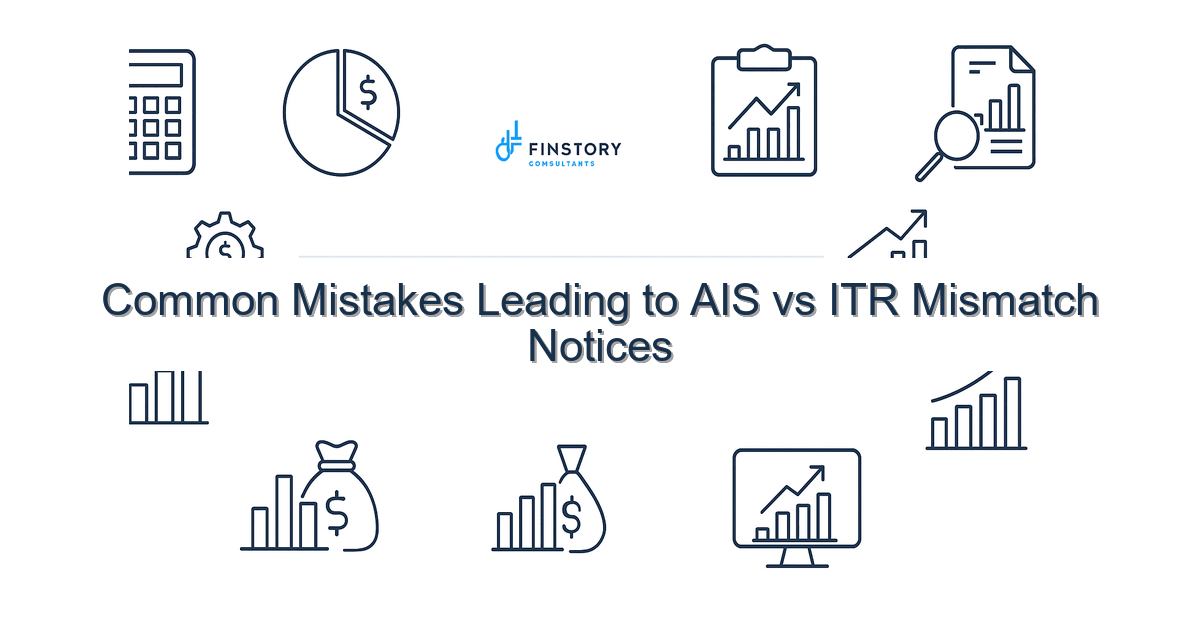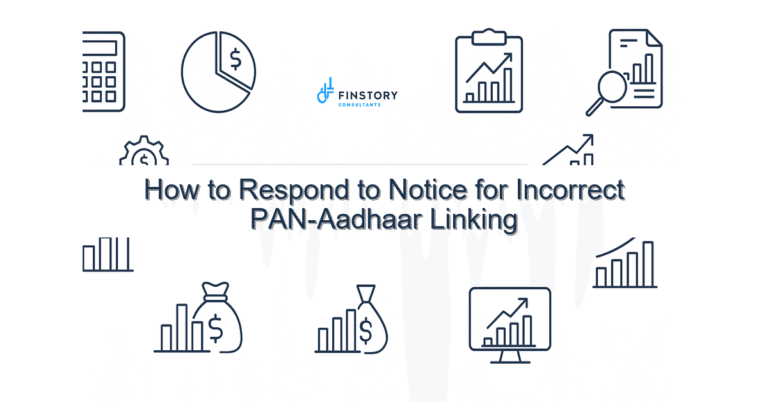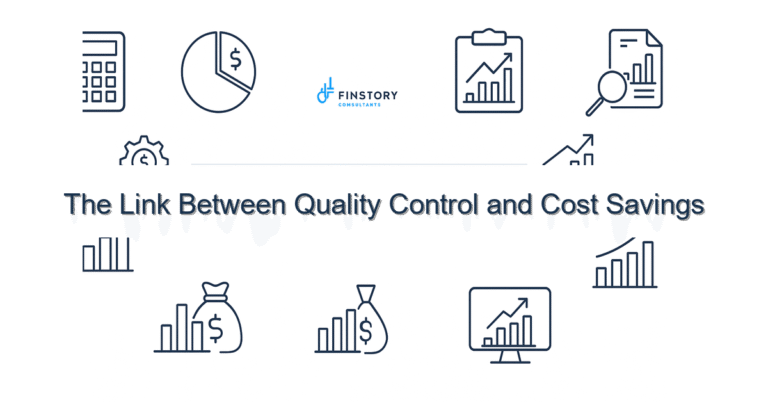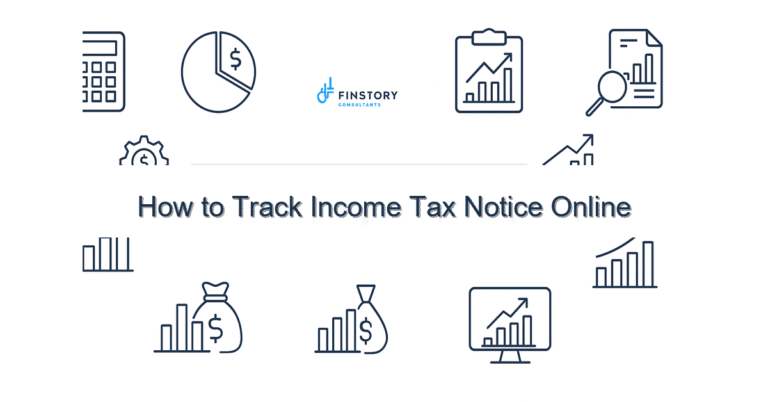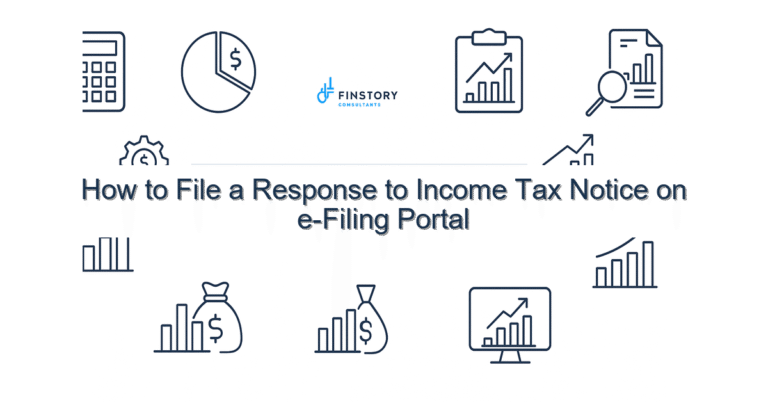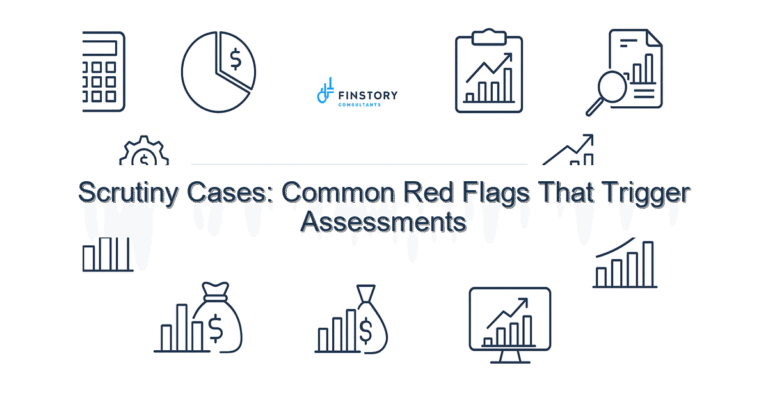Common Mistakes Leading to AIS vs ITR Mismatch Notices
Getting an AIS vs ITR mismatch notice can feel overwhelming — especially when you’ve already filed on time and followed Form 16. You’re not alone: many taxpayers in India see notices even for small reporting differences. This post explains why it happens and how to fix it without panic.
Summary: The key takeaway: most AIS/ITR mismatches are avoidable with a simple reconciliation habit — compare AIS/26AS, bank/broker reports and payroll documents before filing, correct errors quickly (revise ITR if needed), and give a clear response to the assessing officer. Doing this saves time, penalties and follow-up notices.
What’s the real problem in India?
India’s tax system now automates data flows: reporting by banks, employers, mutual funds, and registries appears in AIS/26AS. The CBDT receives and consolidates this information and cross-checks it with your ITR for the relevant AY/PY. If figures don’t match, you often get an intimation or discrepancy notice — sometimes within months of the ITR filing last date.
- Symptoms:
- Notice shows undeclared income or higher TDS/TCS than claimed.
- Capital gains reported by broker differ from your ITR (cost basis/indexation issues).
- Interest income from banks or recurring deposits appears in AIS but not in ITR.
- TDS on salary or professional fees is reflected late in Form 26AS, creating a shortfall in claimed TDS.
What people get wrong
- Assuming Form 16/16A automatically guarantees no mismatch — these are sometimes missing entries or errors.
- Not reconciling AIS/26AS before filing — especially contractors, freelancers and MSMEs who have multiple TDS sources.
- Misreporting capital gains: wrong purchase date, ignoring capital gains indexation, or not including short-term vs long-term distinctions under new vs old regime slabs.
- Overlooking TDS/TCS entries — TDS shown in AIS but not in your books because the deductor used a different PAN or delayed deposit.
- Waiting to respond — delay increases scrutiny and possible penalties under Section 234 or other provisions.
A better approach
Follow this simple 4-step framework. It works for salaried individuals, professionals, founders and MSMEs.
- Step 1 — Reconcile early: Pull AIS/26AS and compare with your Form 16, bank statements, broker consolidated statements and GST (if applicable) before you file. Identify mismatches and reasons.
- Step 2 — Correct data sources: Contact the deductor (employer, client, bank or broker) to fix PAN errors, incorrect challan numbers or delayed TDS deposits. Save written proof.
- Step 3 — Adjust your ITR: If you missed income or claimed incorrect exemptions (e.g., Section 80C limit claims, house rent allowance), file a revised return within the allowable period or include the disclosure when responding to the notice.
- Step 4 — Respond clearly: When a notice arrives, reply with a concise reconciliation statement, stamped bank/broker statements, Form 26AS printout and any corrigenda from deductors.
Short story: A startup founder received a mismatch for Rs. 2.5 lakh due to an ESOP sale entered by the broker under a different PAN. After reconciliation and a corrected broker statement, the notice was withdrawn within 30 days.
Quick implementation checklist
- Download AIS/26AS for the relevant AY/PY and cross-check with ITR numbers.
- Match salary in Form 16 with AIS & payroll; confirm TDS/TCS amounts.
- Reconcile broker consolidated capital gains statement; verify purchase dates and cost for capital gains indexation.
- Check bank interest, FD maturity, and recurring deposit entries against AIS.
- Verify PAN used by clients/employers; obtain corrected TDS certificates (Form 16A) if needed.
- Confirm exemptions claimed (Section 80C limit, HRA) with supporting documents.
- Decide between new vs old regime slabs and reflect this consistently in your computations.
- Keep electronic copies of all corrigenda, challans, and communication with deductors.
- If you discover an error post-filing, prepare a revised return and supporting schedule quickly.
- For complex disputes (capital gains, ESOPs, foreign income), consult a tax expert before responding.
What success looks like
- Fewer AIS vs ITR mismatch notices year-on-year.
- Reduced disputed tax amounts and avoided interest/penalties.
- Faster closure of notices — responses accepted within weeks instead of months.
- Clear audit trail: receipts, corrected TDS certificates and communication stored for 6+ years.
- Confidence in claiming correct deductions within Section 80C limit and accurate capital gains reporting with indexation.
Risks & how to manage them
Risk: Deductor refuses to correct TDS entries or admits delay. Manage by collecting proof of communication and challenging through the CPC or assessing officer with evidence.
Risk: Missed revision window for ITR. Manage by providing a full reconciliation in reply to the notice and seeking waiver or adjustment where genuine mistakes exist.
Risk: Penalty or interest. Manage by showing proactive correction, cooperating with CBDT timelines and, where appropriate, filing for condonation or settlement with professional help.
Tools & data
- Form 26AS / AIS download from the TRACES or income tax portal.
- Employer Form 16, Form 16A and payroll reports.
- Broker consolidated capital gains statement, contract notes and demat statements.
- Bank statements, FD receipts and challan payment proofs for TDS/TCS.
- ITR XML, past returns and the [link:ITR guide] for filing best practices.
- Spreadsheet or basic reconciliation tool to map AIS entries to your books.
Next steps
If you’ve received a mismatch notice or want to avoid one, start with a 30‑minute reconciliation: pull AIS/26AS and Form 16, check broker and bank statements, and list discrepancies. If anything looks unresolved, get professional help — it’s faster and usually cheaper than prolonged dispute handling.
Contact Finstory for a quick review: we help salaried employees, professionals, founders and MSMEs reconcile AIS/26AS, correct TDS/TCS issues, and draft strong responses to notices. Don’t wait until penalties accumulate — Book a free 20‑min consultation.
Work with Finstory. Speak with an Expert for a personalised plan to reduce your tax outgo and stay compliant. Book a free 20‑min consultation.
📞 Need help with Income Tax in India?
Book a 20-min consultation with our tax team. Individuals, founders & MSMEs welcome.
Prefer email or phone? Write to info@finstory.net
or call +91 44-45811170.
